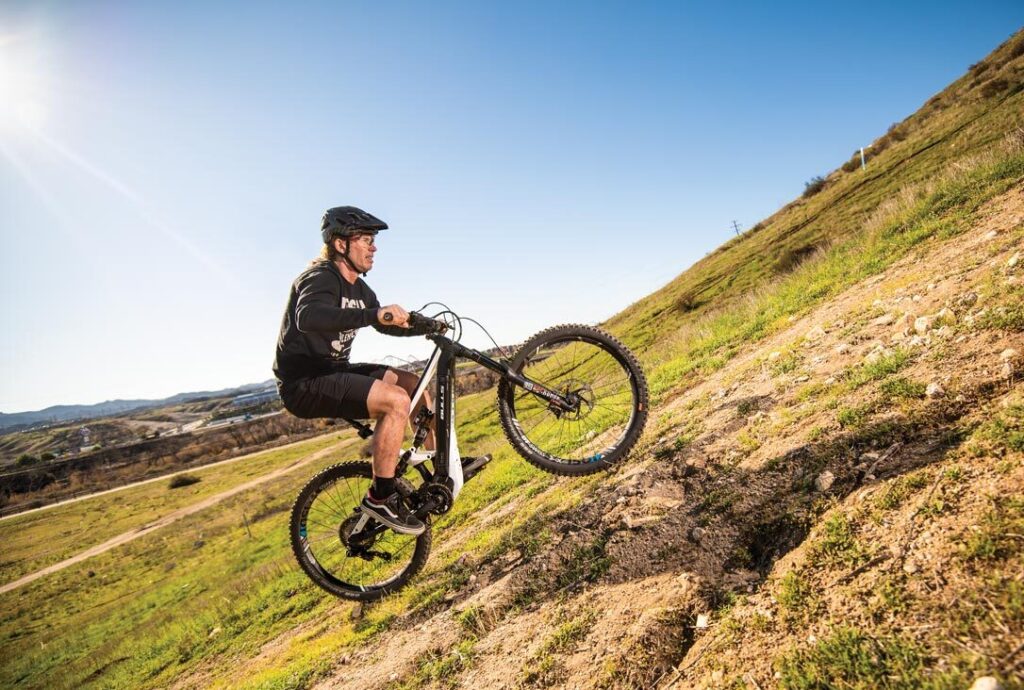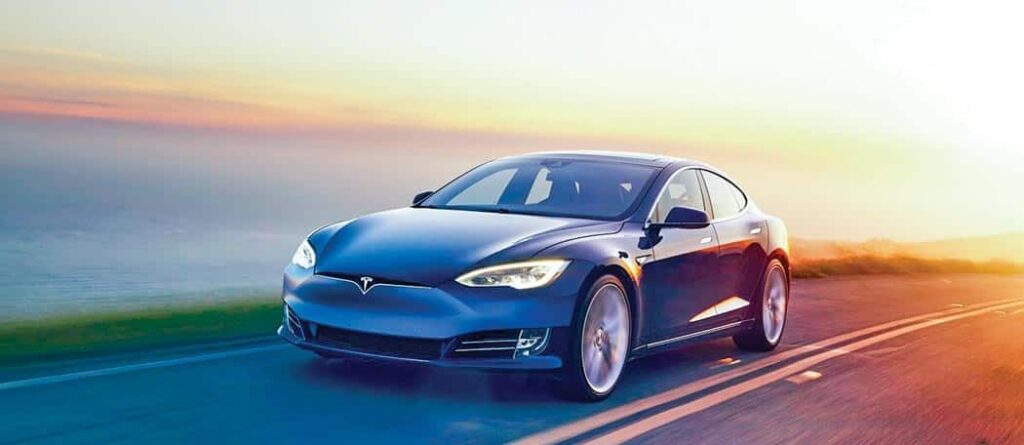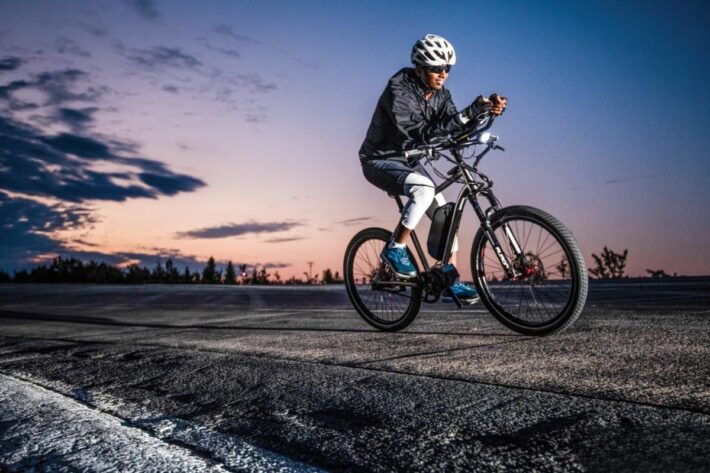First things first, you need to consider what kind of bike you need. And the variety of market segments to choose between, this is actually the easy part. Be it a mountain bike, a commuter bike, a road bike, or a cargo bike, there is undoubtedly an e-bike out there that will suit your recreational and transportation needs.
Understanding The World Of E-Bikes
Now comes the harder part — you know, the actual electric part! Confused by all the specs? If you’re trying to sort it all out, don’t worry, you’re not alone. It is difficult to understand. Lots of folks are asking about the various specifications and classifications. The goal of this article is to help you sort through a few of the most often-asked questions and takes a stab at making it easy to understand.

Important E-Bike Considerations
In many states and jurisdictions, e-bikes are classified into three types, and most manufacturers follow this grading. Basically, the breakdown is as follows:
• Class 1 e-bikes only help you pedal up to 20 mph. After 20 mph, you are on your own. There is no throttle.
• Class 2 e-bikes also help you pedal up to 20 mph, but you get a throttle, too.
• Class 3 e-bikes help you pedal up to 28 mph and may have a throttle option, but the throttle is usually limited to 20 mph.
Although every manufacturer wants to stand out and tout what’s special about their bike, some specifications help you determine what is important to you. The following will help you sort and compare brands and models.
What About Volts?
This is easily the most common specification compared by buyers. Morning jolt or decaf, more is usually better. But higher octane comes at a higher price. Think of volts as the battery’s push or force (24, 36, and 48 volts are the most common). Twelve volts is best kept to scooters and toys. Higher-voltage systems are better at getting the power from the battery to the motor. The wire has resistance, and volts are lost as they travel to the motor as heat. The closer the motor is to the battery, the better for controlling voltage drop.

What About Resistance?
Resistance is, as the name implies, the electric circuit’s difficulty getting to the load, where the real resistance — the motor — does the work. Not to be confused with my 20-year-old’s reluctance to do chores, but similar in result, the work doesn’t get done. The greater the distance the battery is from the motor, the bigger the wire needs to be to avoid the voltage being reduced, and the less current it makes to the motor.
What About Amps?
Amperage is more like the current in a river. Electrons flow and transfer energy along a wire circuit. Higher voltages push more current, which results in more energy transferred into motion. Voltage pushes amps to cause the motor to turn and do work.
What’s A Watt?
The amount of work the electricity does is measured by watts. However, some energy is lost through heat. Poorly made motors can consume much energy and not do much work. As such, just because a motor has a high wattage does not necessarily mean it will perform well. The motor could just sit there and get hot.
Further, you may not need a lot of wattage to propel your ride. Typical wattage ratings are 250 watts to 750 watts. (Over 750 watts is not considered a bicycle in most jurisdictions; it’s a moped or motorcycle.) Some of the newest e-bikes are coming out with lower, not higher, wattage. Now, you might find a very lightweight bike with a smaller battery and motor that performs nearly as well as a similar older and heavier bike.

What About Torque?
This is a twisting force. A motor’s torque is a good measurement to compare its ability to twist the bike’s wheels. Many bikes now list their torque spec. Typical levels are 50 N/m to 120 N/m (37–89 foot pounds). Unfortunately, like many specs, there is no universal standard measurement. Torque is leverage, and that leverage ratio can be changed through gearing. That’s why center-drive motors have lower wattage ratings; shifting changes how the torque is applied.
Torque also changes as the rpm change. As a result, it’s hard to compare one motor’s performance to another using only torque as a guide. More is not necessarily better. After about 120 N/m of torque, the motor stresses the drivetrain tremendously. Go above 120 N/m, and you have a motorcycle. As with anything, it’s best to take a ride and decide.
What About Watt/Amp-Hour?
As the name suggests, it’s the energy in a battery delivered over time. For example, a 10-Ah battery will deliver about 1 amp of current for 10 hours. Similarly, a 500-Wh battery will deliver 100 watts of work for five hours. If you know the battery’s voltage, you can convert the specification. A 10-Ah, 36-volt battery has 360 Wh of energy (watts = amps x volts). Generally, as the power demands increase, so should the voltage and amp-hour rating.
What About Energy?
Buyers consistently ask: “How far will it go on a charge?” Most e-bikes will go 20 to 50 miles on a charge, but several factors affect mileage. The more you do the pedaling, the farther you go. Two massive things work against you: wind resistance and weight. The faster you go and the more you weigh, the shorter your distance. Other factors include tire type, tire pressure, motor efficiency, battery size, battery age, hills, wind, and temperature, with batteries working best at around 60 degrees, +/-30 degrees.
What About Price?
E-bike prices are proportional to various criteria, including frame material and parts spec. But when it comes to the e-side of things, prices can fluctuate depending on the powerplant’s volts + amps + watts + watt-hours. Simply stated, you get what you pay for. Another interesting fact is that you pay more than half the bike’s price for the motor and battery. For example, a typical mountain bike costing $2,000 would cost $5,000 with a center-drive motor. It also doubles the weight of the bike.
Further enhance your e-bike knowledge with our guide to how to choose an electric bike and explore why electric bikes are so expensive.

